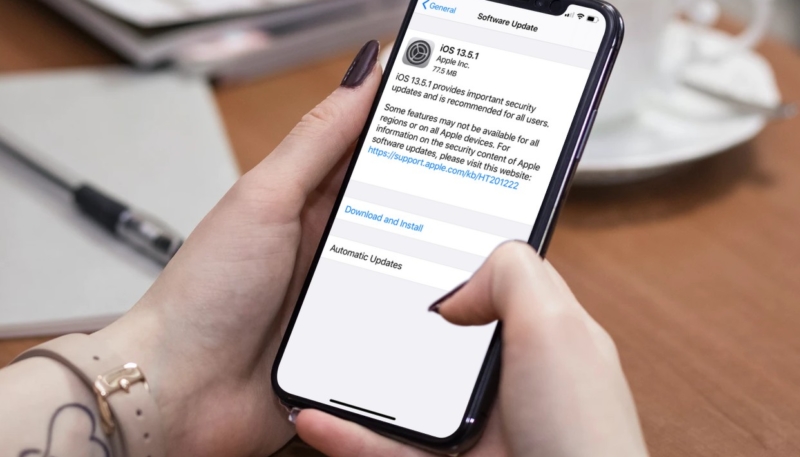While many users – like myself – will manually install iOS updates as soon as they are available, there are those among us that are happy to allow Apple’s Automatic Updates feature take care of things in the background with no effort on their part.
If you fall into the second group, you may have noticed that it can sometimes take days or even weeks to auto-update. No one has really known why there is such a long delay before seeing the update. Now, Craig Federighi, Apple’s senior VP of software engineering, has spilled the beans.
iPhone user Mateusz Buda sent a question in an email to Craig Federighi, Apple’s senior VP of software engineering. Buda explained to Federighi that he had turned on auto-updates, and yet two weeks after the public release of iOS 15.4 he still hadn’t received an update notification. “What conditions must be met for this function to work?” Buda asked. Somewhat surprisingly, Federighi responded and explained.
Hi Mateusz,
We incrementally rollout new iOS updates by first making them available for those that explicitly seek them out in Settings, and then 1-4 weeks later (after we’ve received feedback on the update) ramp up to rolling out devices with auto-update enabled.
Hope that helps!
– craig
This approach makes sense, as the 1-4 week delay before the auto-updates process takes place prevents Apple’s update servers from being overloaded when a new version of iOS is released.
Another advantage to the staggered rollout – If serious bugs are discovered in the new version of the OS it can quickly resolve any issues on the server-side, or it can simply pull the update to prevent the larger user base from automatically downloading and installing it.


